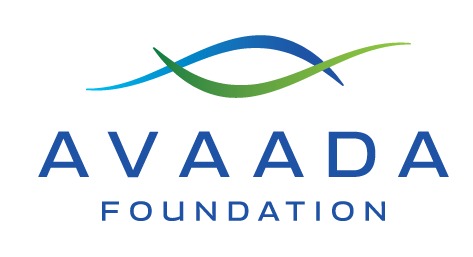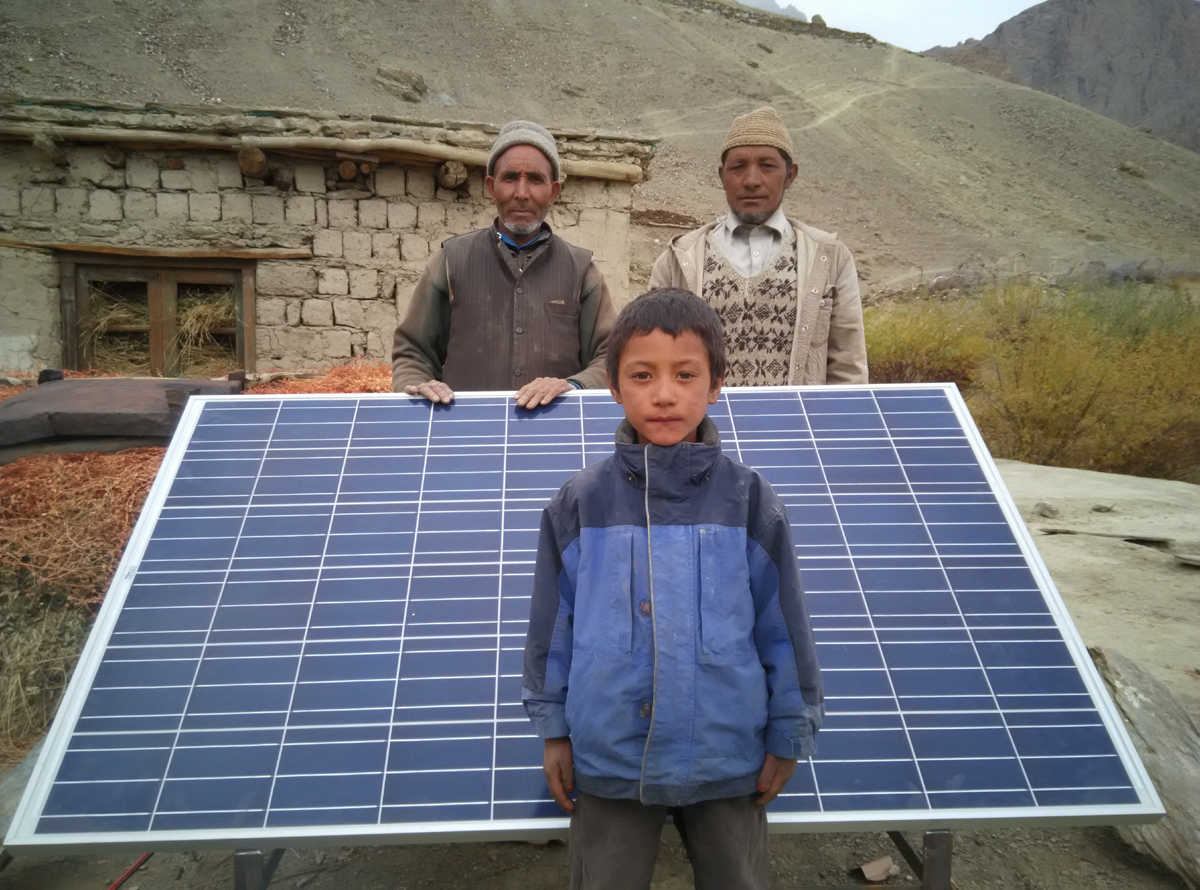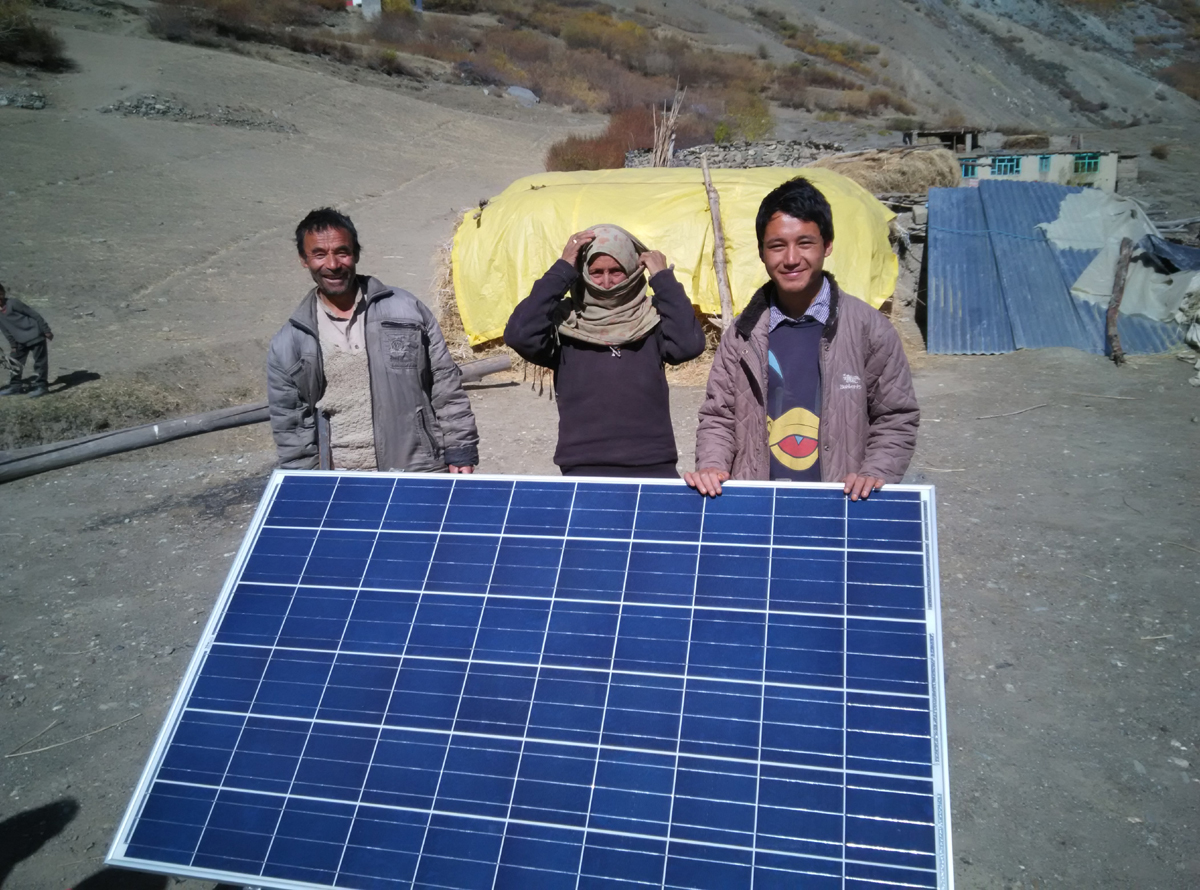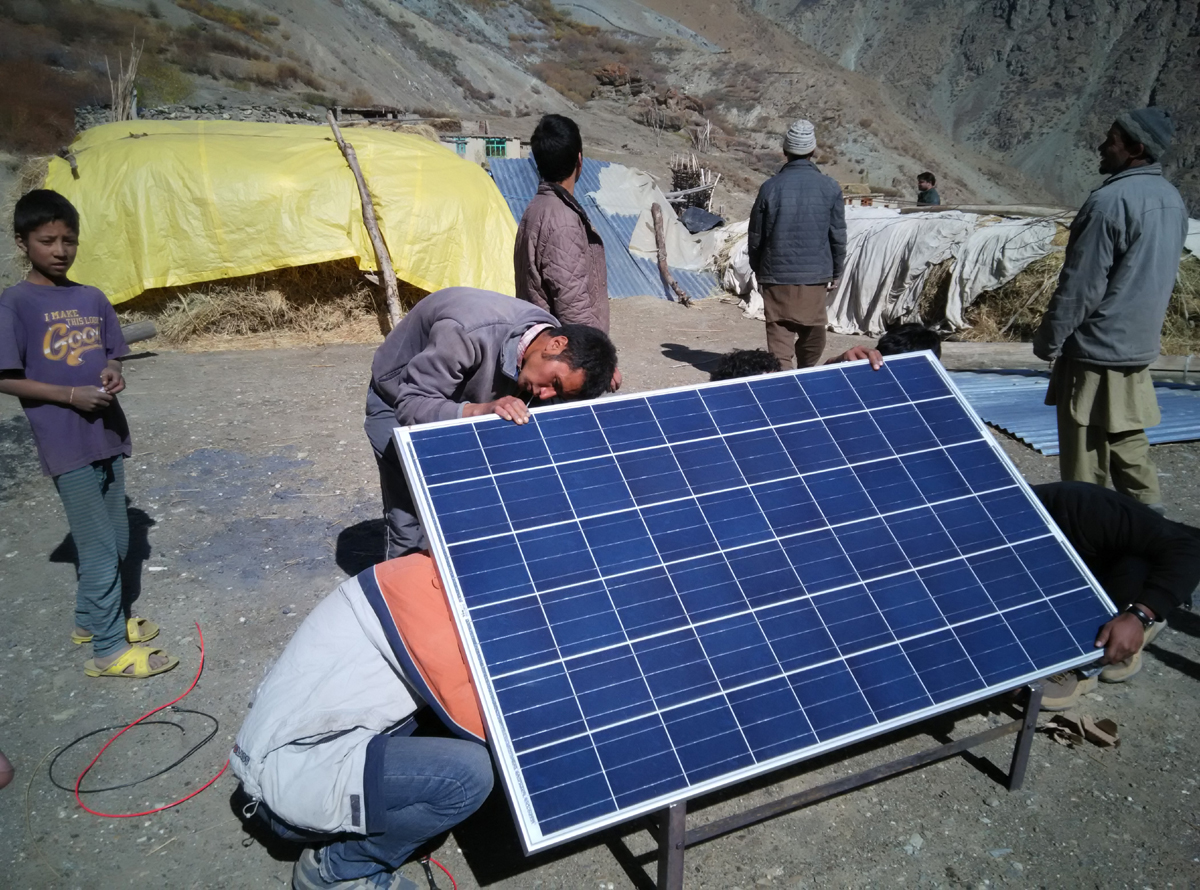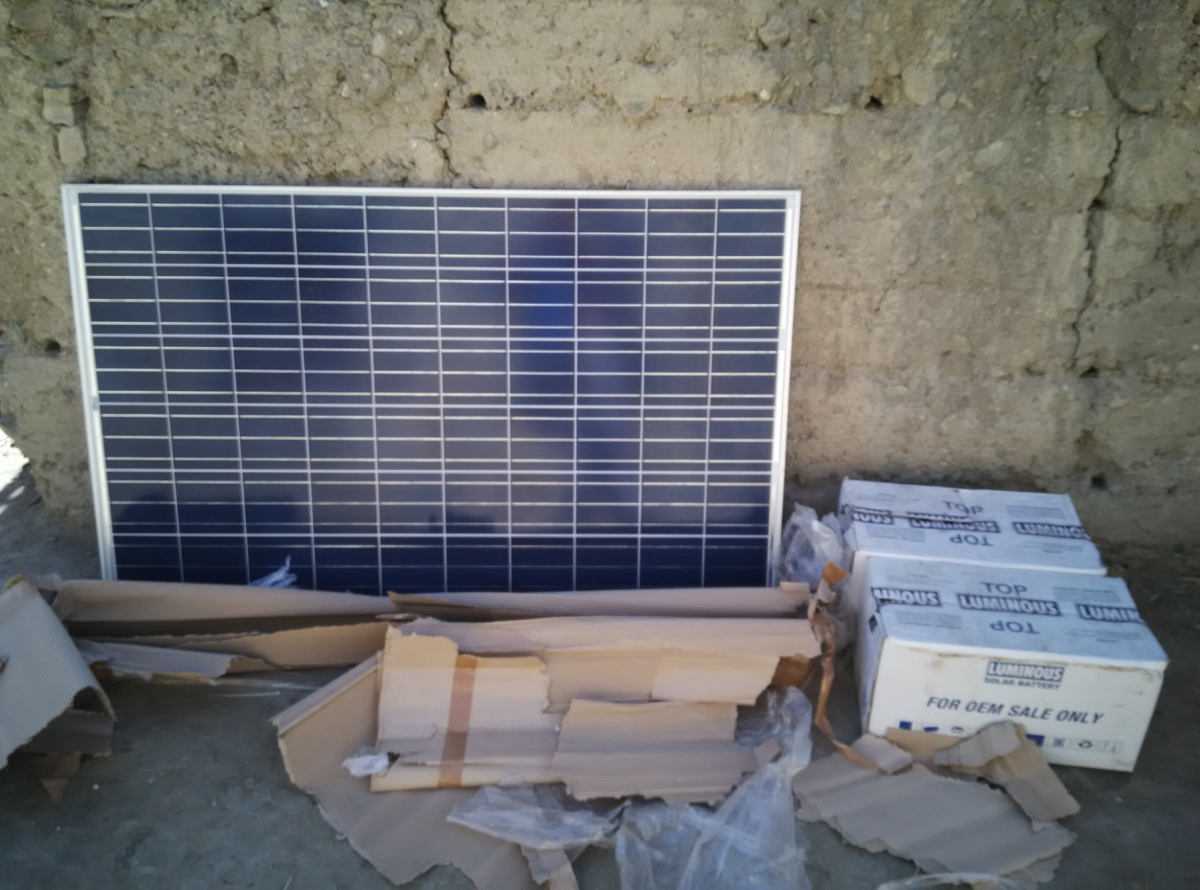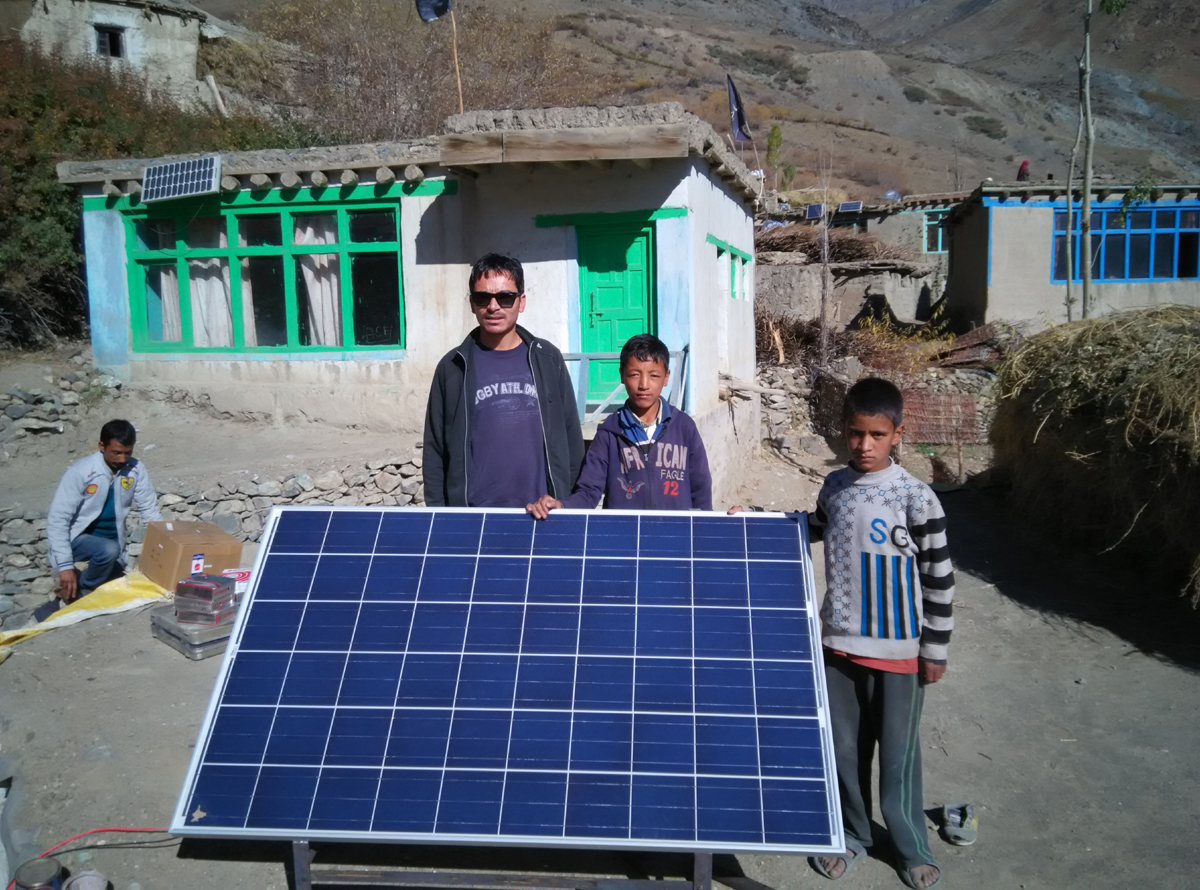
Energy Access

At Avaada, we are trying to reach out to the country's most remote and inaccessible areas through our off-grid rural electrification projects. With the installation of two solar plants of 25 KV each, households now receive 12 hours of green and sustainable power.
A dedicated rooftop unit is now powering the village school. Local community members made stakeholders ensure this model is sustainable and self-sufficient. Urja Samitis comprising of 7 village representatives, make sure both the power plants run smoothly. Post ample training: a team of village youth serving as technicians and security guards is equipped to complete the twin projects' seamless operation and maintenance. Children study LED lights and are no longer dependent on less illuminating kerosene lamps. Families dine together and have more quality time with each other. Communities and neighborhoods can bond socially in public spaces, well after the sunsets. Electrification has helped increase the productivity of home businesses, with production hours extending into the night.
Over the last decade, electricity and clean fuel in India has improved and gained reported progress in achieving universal access to electricity. Although, despite all the factors, there are still many shares of households who do not have access to clean fuel and electricity. In today's modern world technology is taking wings, where everything is being digitalized uninterrupted electricity supply is the basic necessity to complete day to day work. Access to Electricity solves many problems and help reduce poverty bringing many opportunities for the development of our country. Electricity is a mixture of innovation, progress and life. Lack of access to electricity represents more than just the loss of human potential.
Avaada Foundation provides electricity to the remotest areas of India who were deprived of it because of lack of required infrastructure. We are continuously trying our best to provide light to every possible area as soon as possible. We are actively participating in electricity initiatives to develop and design Electricity Distribution Systems to areas where there is no accessibility of electricity. We focus on providing solutions on growing access to energy in the best possible way. Our team is committed to providing access to energy through our various initiatives and believes that with the arrival of electricity holistic development of the nation is possible. The foundation has initiated many programs that facilitate education and business opportunities as well in those areas.
Apart from the landmark instance of Jayapur, yet another laudable project has been that of electrifying the mountainous terrain of Leh. Endowed with the highest solar radiation (1300 w/m2) in India, with around 300 days of sunlight in a year, it has enough solar energy to provide ten times the electricity to Ladakh, but this remains untapped.
Electricity after 68 yrs!
Lankarchey Brok, located at the height of over 14,500 feet and 35 km from Kargil, has 30 households, all of which had no power. Residents would use solar lanterns, traditional oil lamps (diyas), and candles to light up their homes. The old village, which was part of the 1999 Kargil War, is home to 500 individuals. After surveying the area, a team of Global Himalayan Expedition (GHE) officials and Avaada Energy's employees installed 6 DC solar microgrids of 250W capacity in less than two days, lighting up 200 rooms, including the mosque and immambada.
Each grid covers 5 households and has a solar capacity of 250 Watts and two batteries of 100 Ah each. A provision has also been made for 8 LED blubs of 3 and 5 Watt each for every household, along with one LED Street light for each Grid of 20 Watt/1500 Lumen. Furthermore, with the help of 12 batteries, six solar plates, 250 LED Bulbs, 6 LED streetlights, and 2 DC LED TVs, the entire village was electrified. The initiative was coordinated by the Local Renewable energy Agency Kargil Renewable Energy Development Agency (KREDA).
LED Technology powered by solar and batteries, with no signs of an inverter for energy conversion, was used. The entire system is based on DC Technology. These measures have changed the lives of residents dramatically. Homes are now lit, but families also eat dinner together, children can study more extended hours, women can cook without using kerosene lamps, and people do not need to rush home soon after dusk, which was the case earlier. Moreover, children can now play under the bright lights of the solar LED Street light installed by the GHE and sponsored by Avaada Energy.
Currently, the village has eight solar microgrids and 380 LED lights. Akin to the Jayapur instance, a bank account has also been opened for the villagers to give monthly rentals and enable maintenance of the lighting system.
Sumdo gets a makeover
Located 80 km from Leh, one needs to trek another 3 km on highly challenging terrain to reach Sumdo. Needless to add, lighting up such a remote area requires tremendous organizational skills and a steely resolve.
It was this very resolve by the team of GHE officials and Avaada Energy's Employees which led to the installation of 2 DC solar microgrids of 250 Watts capacity in the villages, giving light to every room of the village. Incredibly, it took just one day for the team to set up both these grids, wire, and install LED lights in all the rooms in the village. To increase the efficiency of power, DC technology was used instead of AC.
Now, this 700-year-old Buddhist village with 48 rooms and a population of 170 individuals is equipped with DC LED lights, DC Solar Street Lights, and a DC LED television. Before being lit, homes in Sumdo would have a cooking fire fuelled by wood which would spew smoke out through a chimney pipe connected to the ceiling. The same stove would also keep the dwellers warm during winters.
After combating darkness for years, electrification has been a tremendous boon to the residents. Earlier, once the sunset, the villagers would be left with kerosene lamps and candles in the night. Now, through simple technology, a bit of the sun is captured every day and lights up the nights. Simple lights have brought about a profound change in their lives of the residents here. They now have more hours to go about their daily chores; it is safer to walk out to the toilets and stores at night. Also, children can now read and write in the evenings. During dinner, people can now see what they are eating. The fires now burn only for cooking and for providing warmth in the winters.
Apart from installing the mini-grids, the team also taught villagers how to maintain them, provided villagers with spares, and helped them pool funds to change the battery at the end of 5 years. A bank account was also opened for the villagers to pay monthly rentals towards maintaining the grids. What is even more incredible is that both these villages do not exist on any map, nor are they counted in any rural electrification scheme. Yet, they now have power due to painstaking efforts by GHE and Avaada Energy teams.
